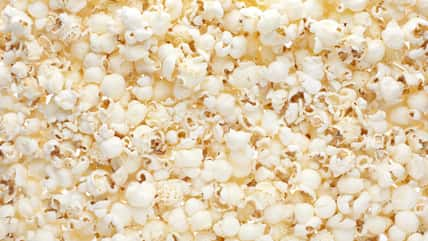New Research Suggests That Neanderthals Were More Like Modern Humans Than Previously Believed, Sharing Similarities In How Both Species Occupied And Arranged Living Spaces

The behavior between us Homo sapiens and Neanderthals has been found to be more alike than previously believed.
A team of researchers from the Department of Anthropology at the University of Montreal discovered similarities between how modern humans and Neanderthals arranged their dwelling space.
Neanderthals (Homo neanderthalensis) are one of our closest extinct relatives. They were a human species that lived in Eurasia until around 40,000 years ago.
At certain points in time and in some regions, they coexisted with prehistoric humans, even interbreeding with them.
In the past, experts considered the behaviors of Neanderthals to be less complex than humans. But, in recent years, that viewpoint has been challenged as more and more evidence of the contrary has surfaced.
The latest study, in particular, shows that the behavior of Neanderthals and modern humans share some similarities, detailing evidence of how both species occupied space.
“Because it is often assumed that fundamental behavioral differences distinguish Neanderthals and Homo sapiens, the ability to structure space within the sites they occupied into distinct activity areas is often invoked as a key distinctive trait of our species. However, this behavior has never been assessed for both groups at a single site, hindering direct comparisons to date,” the study authors stated.
To make accurate comparisons between the two species’ ability to structure their dwellings, the team of researchers analyzed their behavior at the Riparo Bombrini site in northwestern Italy, a collapsed rock shelter that is part of an archaeological complex preserving the remains of the settlements of Neanderthals and modern humans.
The researchers examined artifacts and features of the site, including animal bones, stone tools, and shells.

ded – stock.adobe.com – illustrative purposes only
They determined that Neanderthals and Homo sapiens both arranged their living spaces with designated areas for low-level and high-level activities, suggesting that their spatial organizational skills are comparable.
“Like Homo sapiens, Neanderthals organized their living space in a structured way, according to the different tasks that took place there and to their needs,” Amélie Vallerand, the lead author of the study, said.
“So this is yet another study indicating that Neanderthals were more ‘human’ than is generally assumed.”
Sign up for Chip Chick’s newsletter and get stories like this delivered to your inbox.
More About:News





